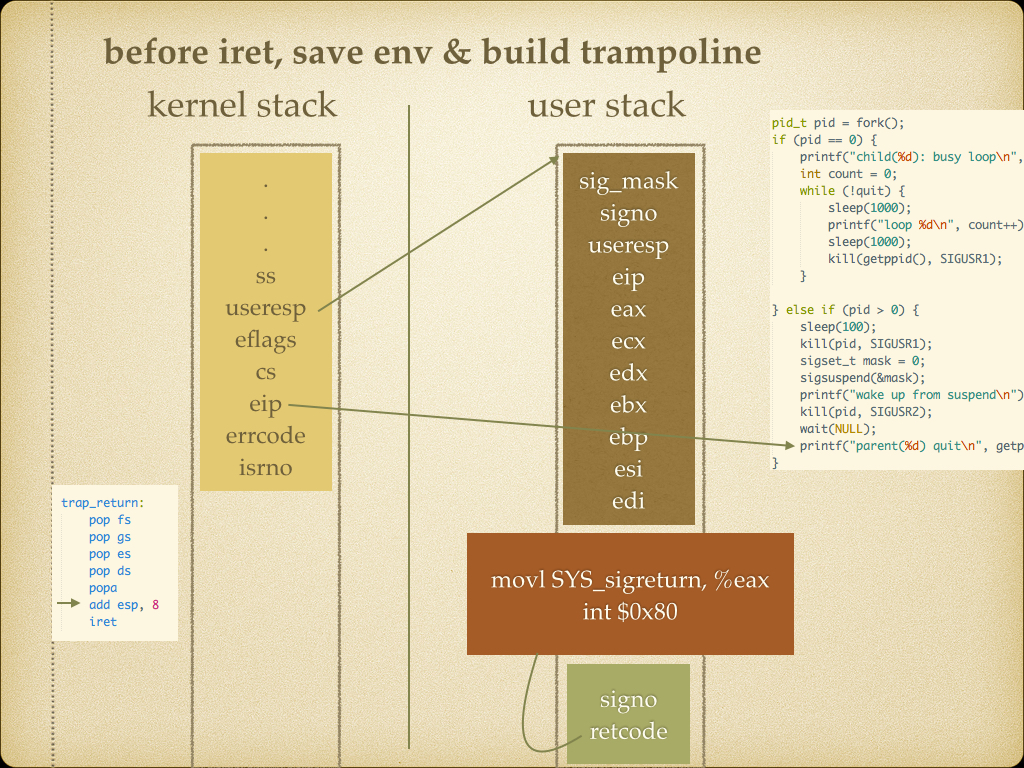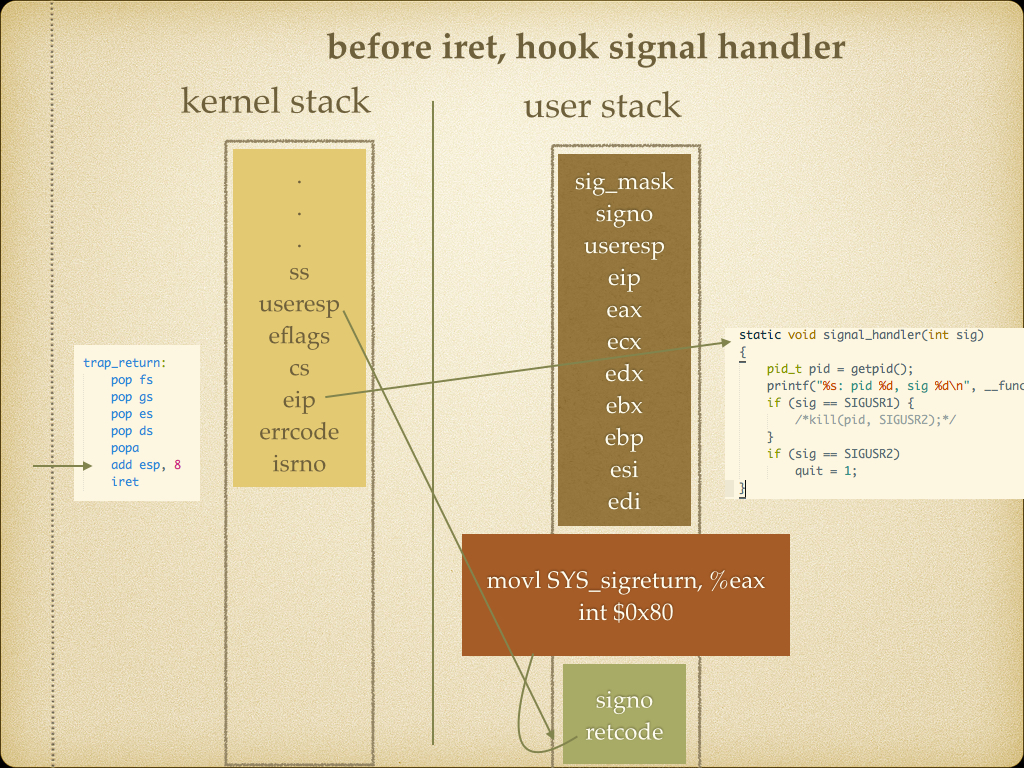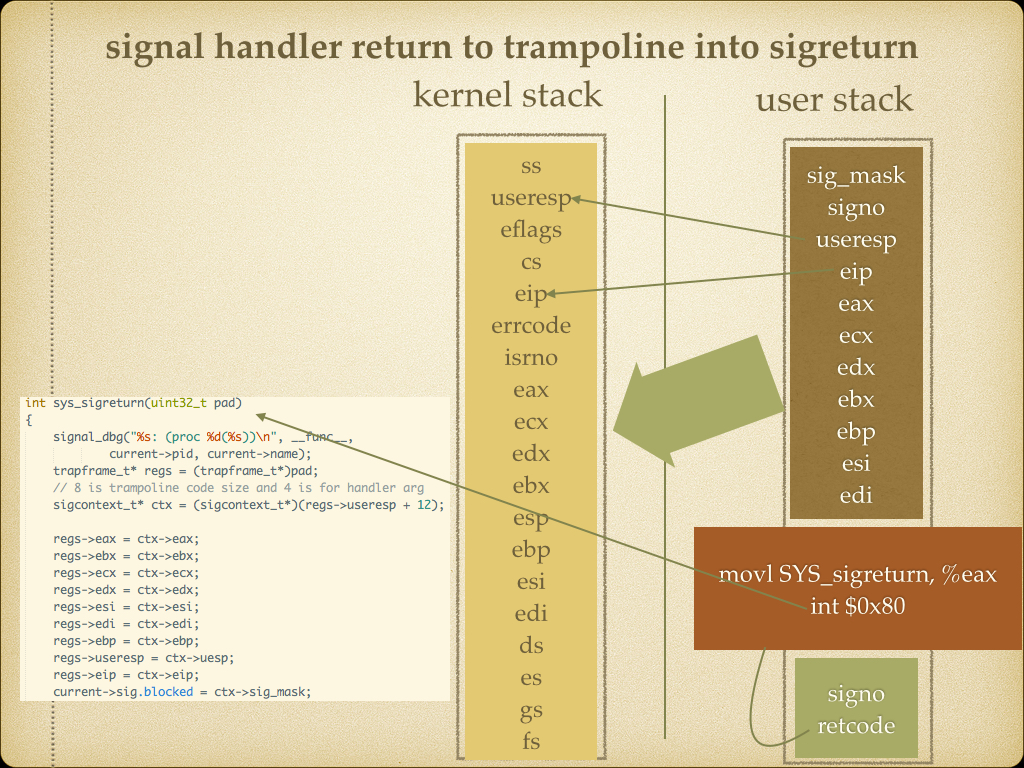madness of window managers 1
搞了几个月的窗口管理器,不得不说这行真乱。即使有icccm和wm-spec这样的协议存在,但是每个wm在实现的时候也未必完全按照规范来。而有的时候大概
是因为协议本身有些地方说的就比较模糊或者设计得不够合理,导致各个wm的行为出现不一致。
比如wm-spec里提到的
_NET_WORKAREA这个属性。xfwm4,compiz和mutter在同一个多屏幕配置下出现了完全不同的设置,导致在一些场景下有些窗口出现的位置出现奇怪的反直觉。
给个具体实例:
一个多屏环境,有三个工作区,有一个dock程序设置了STRUTS,数据分别是:
xrandr信息:
LVDS1 connected primary 800x600+0+0
DP1 connected 1440x900+800+0
dock设置的struts信息:
_NET_WM_STRUT_PARTIAL(CARDINAL) = 0, 0, 0, 362, 0, 0, 0, 0, 0, 0, 49, 725
在这样一个配置下,三个wm给出的属性是:
xfwm4 _NET_WORKAREA(CARDINAL) = 0, 0, 2240, 538, 0, 0, 2240, 538, 0, 0, 2240, 538, 0, 0, 2240, 538
compiz _NET_WORKAREA(CARDINAL) = 0, 0, 2240, 900
mutter _NET_WORKAREA(CARDINAL) = 725, 0, 1515, 900, 725, 0, 1515, 900, 725, 0, 1515, 900
从我个人角度看mutter是最合理的。首先三个工作区都有数据,避开了struts所占据的位置,并且使工作区面积最大化
(1515x900 > 2240x538),xfwm4其次,compiz最离谱,完全不遵守协议。尽管mutter看起来最符合规范,但是却导致有些程序在
放置窗口时出现了问题。比如eog这样的程序,在弹出下拉菜单时会尊重_NET_WORKAREA的设置,所以
它主动将弹出菜单强制放置在这个范围内(比如(734,126)),即使eog主窗口的位置可能不在此范围内(比如在LVDS1的(0,102)位置)。这导致视觉上,弹出菜单不在鼠标点击的位置弹出,反而偏移了很远。
而在compiz和xfwm4上此时却没有问题,因为它们的WORKAREA从(0,0)这个位置开始。有趣的是,如果双屏的分辨率稍作修改,变成如下所示:
LVDS1 connected primary 1366x768+0+0
DP1 connected 1440x900+1366+0
mutter上就不会出问题了。因为根据使工作区面积最大化的算法,_NET_WORKAREA变成了如下数据:
_NET_WORKAREA(CARDINAL) = 0, 0, 2806, 698, 0, 0, 2806, 698, 0, 0, 2806, 698
但是这并不是说xfwm4上eog就不能出现类似现象,只要精心调整两屏的位置和分辨率,这个情况也能
构造出来。主要原因还是wm-spec里对_NET_WORKAREA的描述并不是很精确,wm在实现时有很大的
自由性。像_NET_WORKAREA这种情况在wm的世界里似乎有很多。


